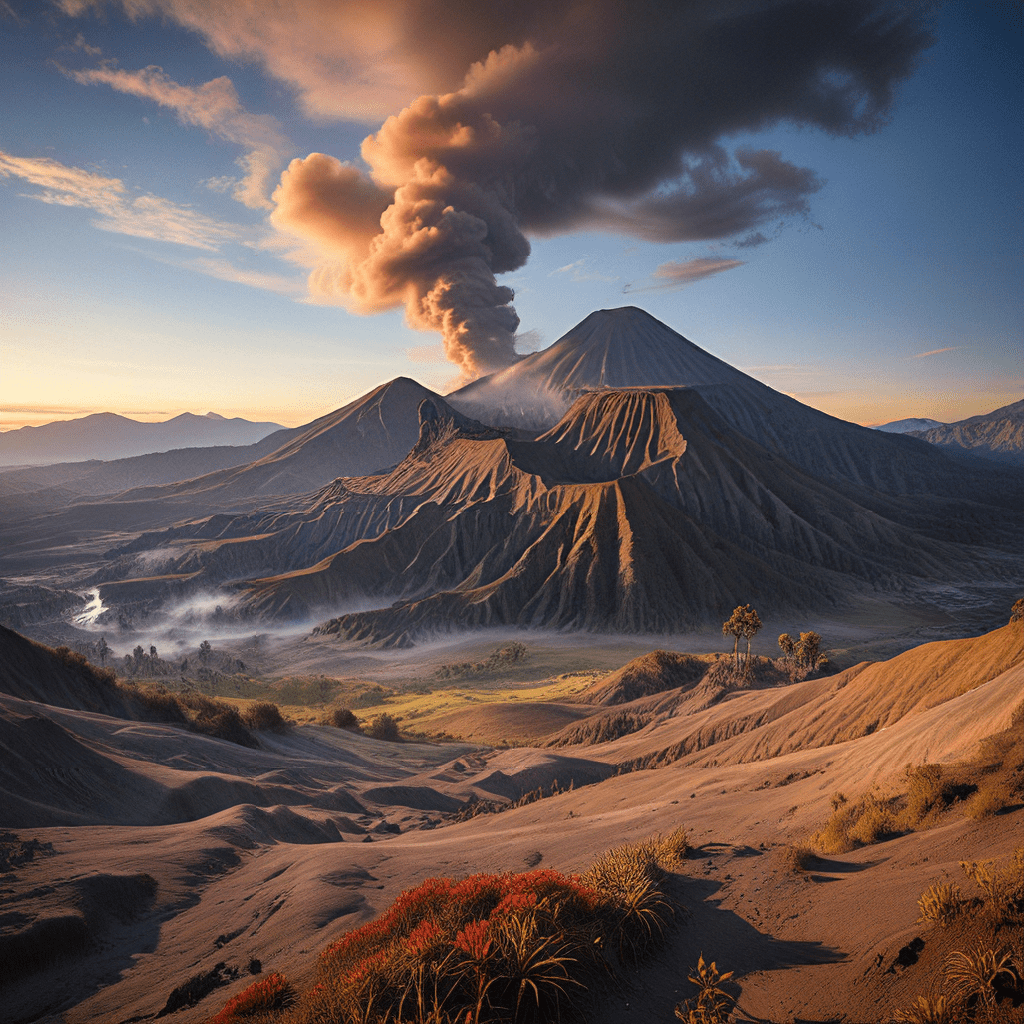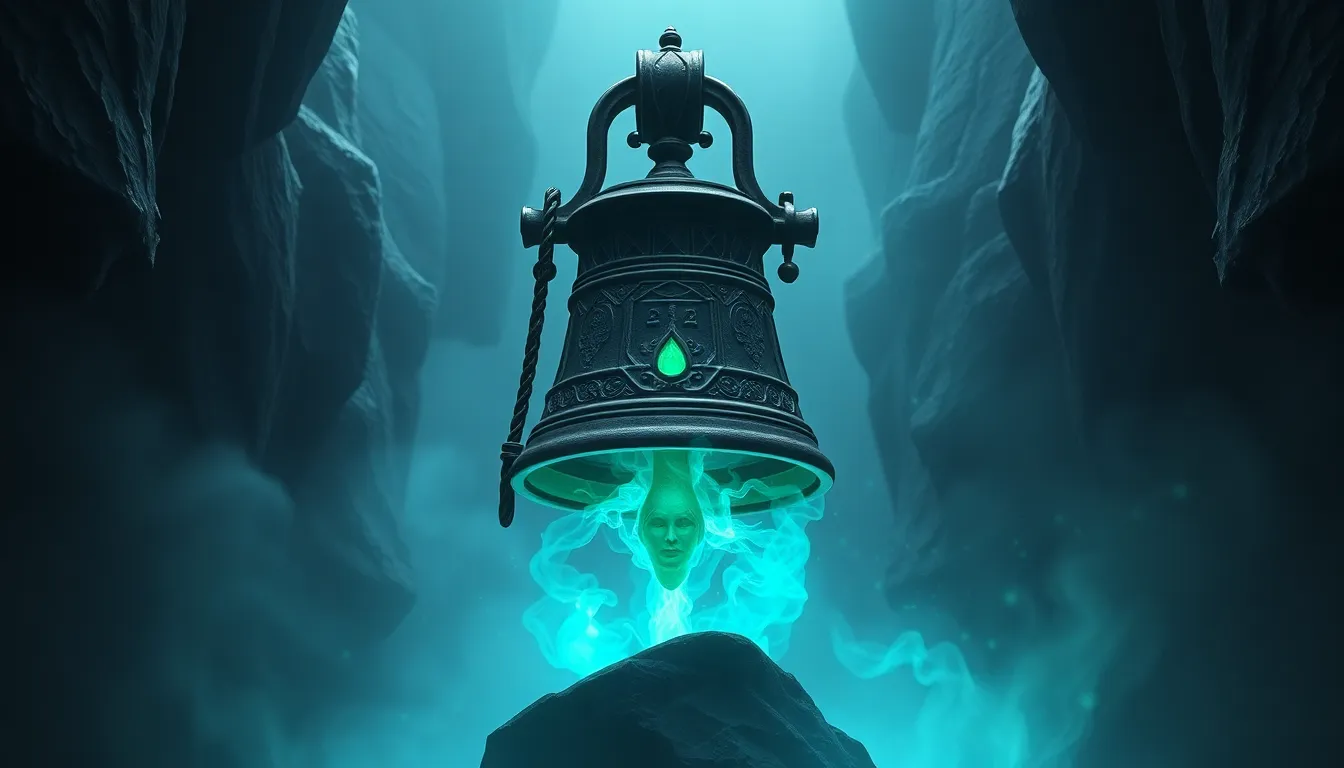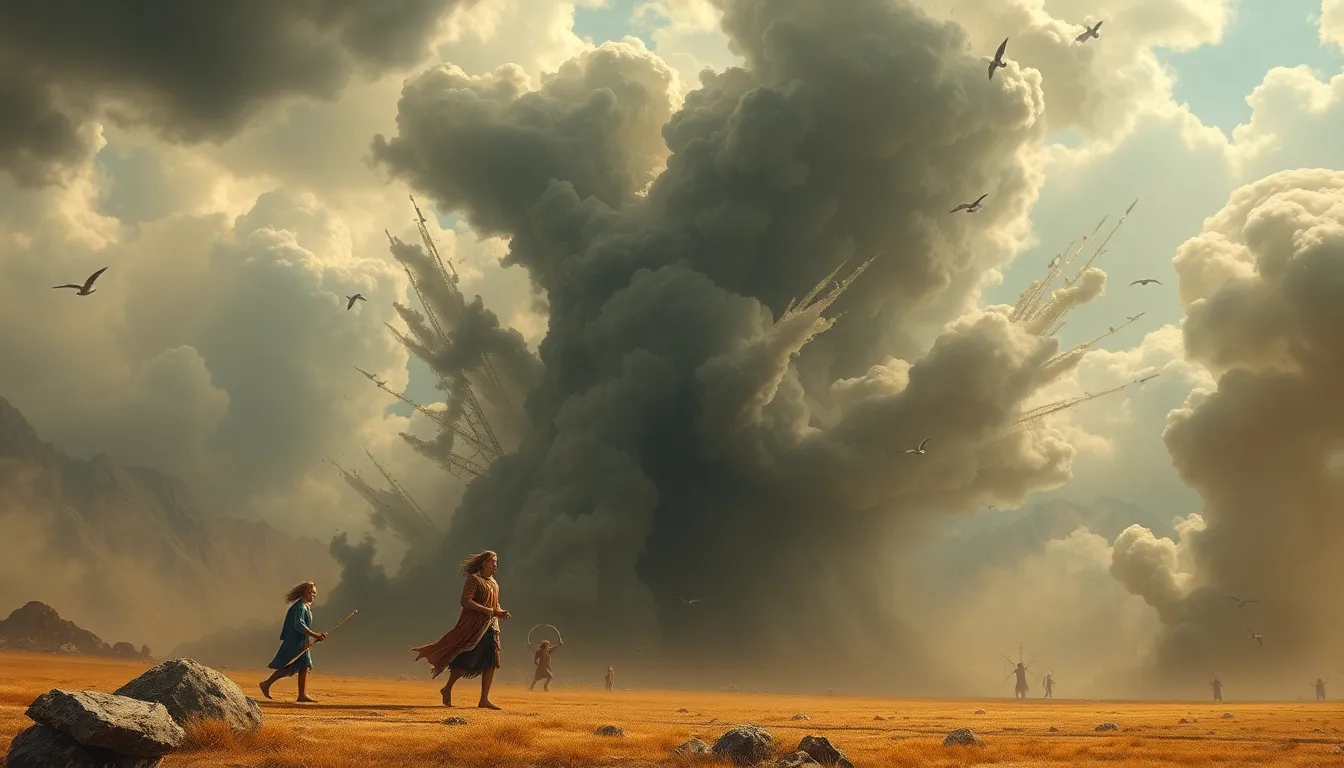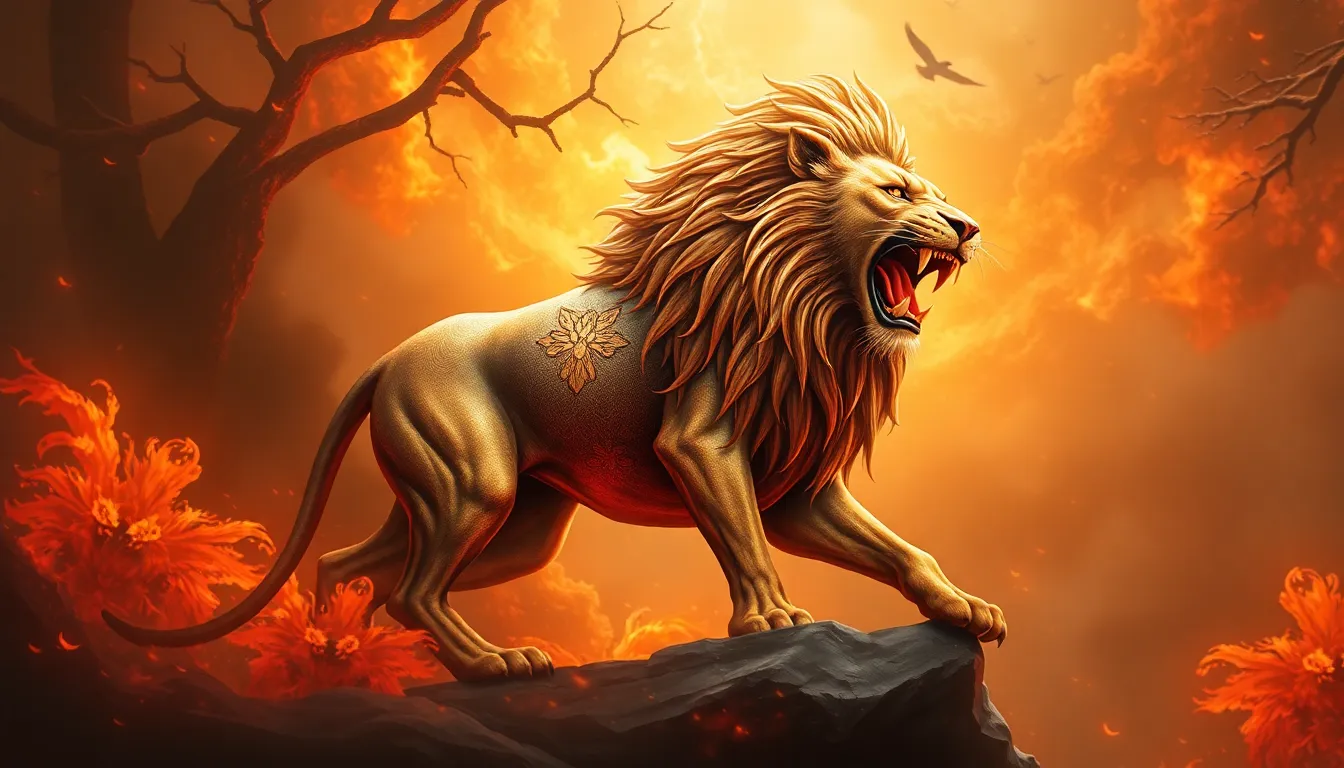Mount Bromo: Volcano of Legend and Lore
The Legend of Mount Bromo: A Tapestry of Creation and Sacrifice
Mount Bromo, a majestic volcano in East Java, Indonesia, is more than just a geological wonder. It’s a place steeped in ancient myth and legend, where the forces of nature and the stories of gods and mortals intertwine. The legend of Mount Bromo, known as "The Volcano of a Thousand Stories," is a testament to the enduring power of folklore and its ability to shape the cultural identity of a people. This story, shared by generations of the Tengger people, speaks of creation, sacrifice, and the enduring bond between humans and the natural world.
The Volcano's Name: A Reflection of its Fiery Nature
The name "Bromo" itself is a reflection of the volcano's fiery nature. It originates from the Javanese word "Brahma," referring to the Hindu god of creation. This association with Brahma is no accident. The myth of Mount Bromo weaves a narrative of creation, where the volcano itself is born from the cosmic dance of deities and the sacrifice of mortals.
The Creation Myth: A Cosmic Dance of Gods and Spirits
The legend of Mount Bromo tells the story of the creation of the Tengger caldera, the vast volcanic plain where Mount Bromo stands today. It begins with the arrival of the gods and their dance, a cosmic ballet that shook the earth and formed the landscape as we know it. The gods, in their divine power, shaped mountains and valleys, giving birth to the dramatic and awe-inspiring landscape of the Tengger caldera.
The Role of Roro Anteng and Joko Seger: The First Humans of Bromo's Realm
As the land took shape, the gods bestowed a great blessing upon it. They sent down Roro Anteng and Joko Seger, the first humans to inhabit the realm of Mount Bromo. They were gifted with a fertile land and promised a prosperous life, but their happiness was short-lived. They were unable to have children, a plight that weighed heavily on their hearts. Seeking guidance, they prayed to the gods for a solution.
The Pact with the Gods: An Exchange of Sacrifice for Prosperity
The gods responded to their plea, but with a demand. They told Roro Anteng and Joko Seger that they could have children, but only if they sacrificed their youngest child to the volcano. This was a difficult choice, but the prospect of a thriving lineage swayed their hearts. Their prayers were answered, and they had 25 children, a testament to the gods' power and their own willingness to make a difficult sacrifice.
The Birth of the Caldera: A Powerful Act of Divine Intervention
The time for sacrifice arrived, and the couple, torn between love and duty, placed their youngest child, a baby girl named Kesuma, on the edge of the crater. In a powerful display of divine intervention, the volcano erupted, spewing lava and ash. The eruption was so immense that it reshaped the landscape, forming the caldera, a vast, circular depression that is the heart of the Tengger region today. Kesuma, the sacrifice, was consumed by the volcano, forever bound to its fiery heart.
The Curse of the Volcano: A Reminder of the Price of Prosperity
The eruption of Mount Bromo brought both prosperity and a curse. The land became fertile, capable of sustaining a thriving population. But the volcano's fiery heart remained a constant reminder of the price of that prosperity. The volcano's anger was appeased by the sacrifice, but its power was never fully extinguished. Every year, the Tengger people were warned that the volcano's wrath could erupt again if they failed to honor the pact with the gods.
The Significance of the Tengger Ceremony: A Ritual of Offering and Renewal
The Tengger people, to this day, uphold the pact. Each year, they perform the Yadnya Kasada ceremony, a ritual of offering and renewal that honors the sacrifice of Kesuma and the gods who bestowed upon them the land. They climb Mount Bromo, carrying baskets filled with offerings of fruits, vegetables, and livestock. These offerings are thrown into the crater as a way of appeasing the gods and ensuring the volcano's continued favor. The ceremony is a powerful expression of the Tengger people's deep reverence for their heritage and their understanding of the delicate balance between humanity and nature.
The Myth’s Enduring Influence: Shaping the Identity of the Tengger People
The legend of Mount Bromo is more than just a story. It is the foundation of the Tengger people's identity. It shapes their worldview, their beliefs, and their traditions. It teaches them the importance of sacrifice, the value of prosperity, and the respect that must be given to the forces of nature. The Tengger people view Mount Bromo as a sacred mountain, a place of power and mystery. They believe that the spirit of Kesuma resides within the volcano, and that her sacrifice continues to bless the land and protect its people.
Modern Interpretations: Exploring the Symbolism and Meaning of the Myth
In modern times, the legend of Mount Bromo continues to inspire and resonate. It is a timeless tale that speaks to the universal themes of creation, sacrifice, and the human relationship with the natural world. The myth has evolved over time, reflecting the changing cultural landscape and incorporating new interpretations. While it continues to serve as a powerful reminder of the Tengger people's origin and their deep connection to the land, it also offers opportunities for reflection on the nature of sacrifice, the meaning of prosperity, and the importance of respecting the sacred balance between humanity and nature.
FAQ
Q: What are the offerings given during the Yadnya Kasada ceremony?
A: The offerings typically include fruits, vegetables, livestock, and sometimes even money. These offerings are seen as a way to appease the gods and ensure the volcano's continued favor.
Q: Why is Mount Bromo considered sacred by the Tengger people?
A: The Tengger people consider Mount Bromo sacred because it is the site of a significant creation myth and the place where Kesuma, their ancestor, was sacrificed.
Q: What is the significance of the volcanic eruption in the legend of Mount Bromo?
A: The volcanic eruption is significant because it signifies the birth of the Tengger caldera and the creation of a fertile land that could sustain the Tengger people. However, it also serves as a reminder of the volcano's power and the price of their prosperity.
Q: Is the myth of Mount Bromo still relevant in modern times?
A: Yes, the myth of Mount Bromo remains relevant in modern times. It continues to shape the identity of the Tengger people and serve as a reminder of their history, beliefs, and relationship with nature. The myth also offers opportunities for reflection on universal themes of creation, sacrifice, and the human relationship with the natural world.




